17 Indigenous Foods Still Enjoyed in Local Communities Today
Indigenous foods have been passed down through generations, deeply rooted in the traditions and cultures of local communities. These dishes not only offer unique flavors but also represent the history and heritage of the people who created them. From hearty stews to refreshing beverages, each food tells a story of resilience and connection to the land. Many of these foods are still enjoyed today, offering a taste of the past while adapting to modern times. Whether prepared for special occasions or as part of everyday meals, indigenous foods continue to bring people together.
This post may contain affiliate links, which helps keep this content free. Please read our disclosure for more info.
Adobo (Philippines)
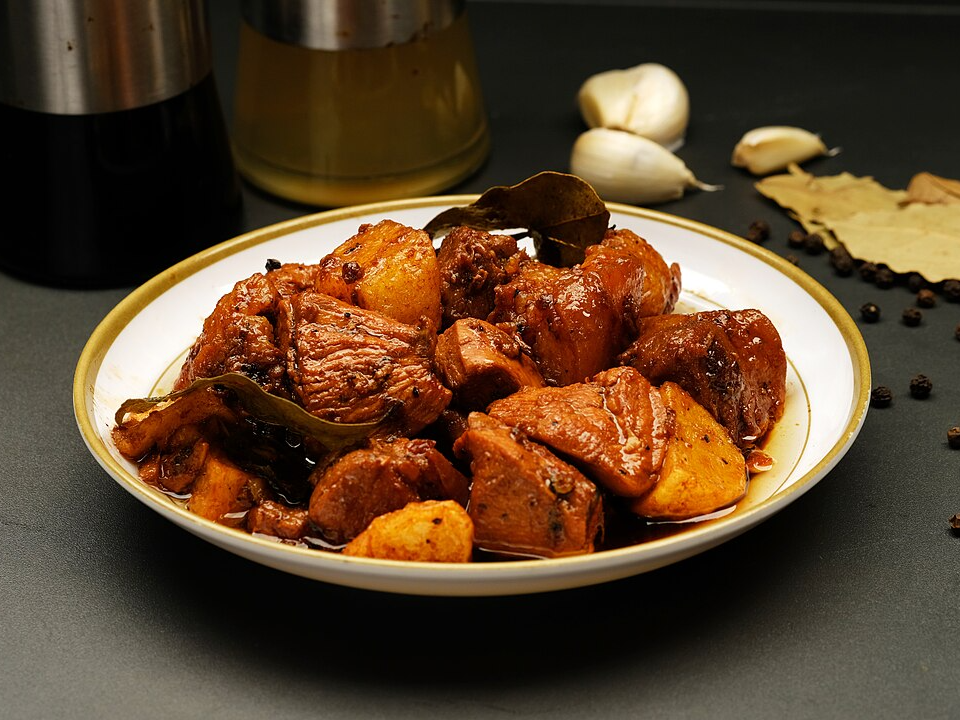
Adobo is a classic Filipino dish made with pork, chicken, or beef marinated in vinegar, soy sauce, garlic, and a blend of spices. This dish is often simmered until tender, creating a rich, flavorful sauce that pairs perfectly with rice. In local communities, adobo is more than just a meal; it represents family gatherings and cultural heritage. Each region has its own take on the recipe, with variations in the marinade and cooking techniques.
Adobo remains a staple in Filipino homes and restaurants, often served during celebrations and special occasions. Despite modern influences, the dish retains its importance in daily meals across the country. The combination of salty, tangy, and savory flavors makes it a favorite, loved for its simplicity and depth of taste.
Tamales (Mexico)
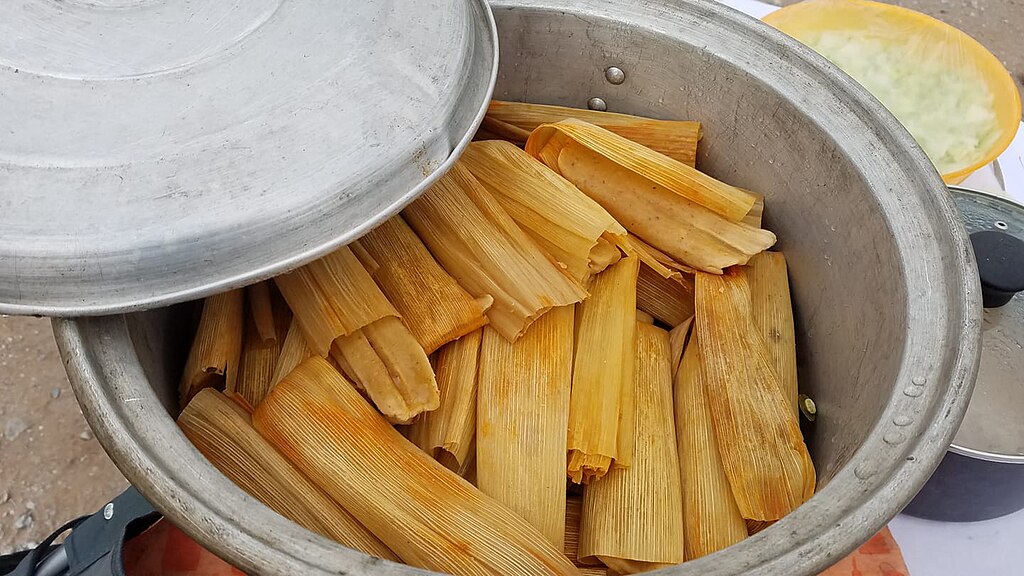
Tamales are a traditional Mexican food made from masa (corn dough) filled with a variety of ingredients such as meats, cheeses, chilies, and vegetables. The masa is wrapped in a corn husk and then steamed to create a portable and delicious meal. In indigenous communities, tamales have been passed down through generations, with each region offering its own twist on the filling and preparation method.
Tamales are often enjoyed during holidays, festivals, and family gatherings. The process of making tamales is a communal activity, with families coming together to prepare large batches. The dish holds significant cultural value, symbolizing unity and the preservation of indigenous food traditions.
Sannakji (South Korea)
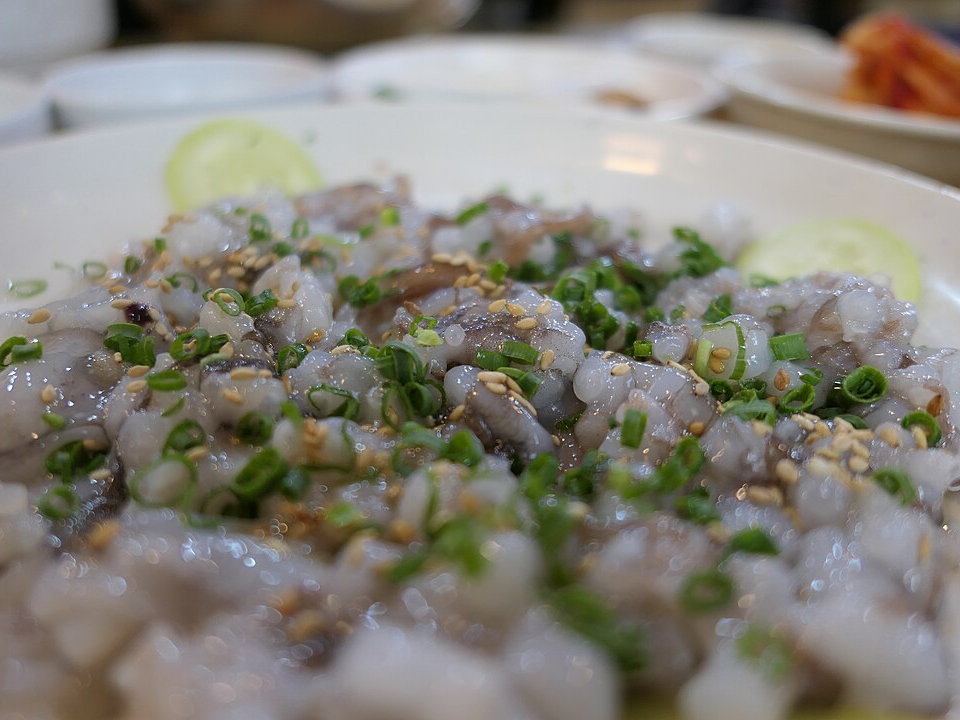
Sannakji is a traditional Korean dish consisting of live octopus that is cut into small pieces and served immediately while still moving. The dish is seasoned with sesame oil and seeds, creating a unique texture and flavor. Sannakji is often enjoyed as a part of a seafood meal, offering a distinct experience for adventurous eaters.
In local communities, sannakji is considered a delicacy, particularly in coastal areas where fresh seafood is abundant. Despite its unconventional presentation, it continues to be a cherished dish, reflecting the close connection between Korean culture and the sea.
Pemmican (Native American)
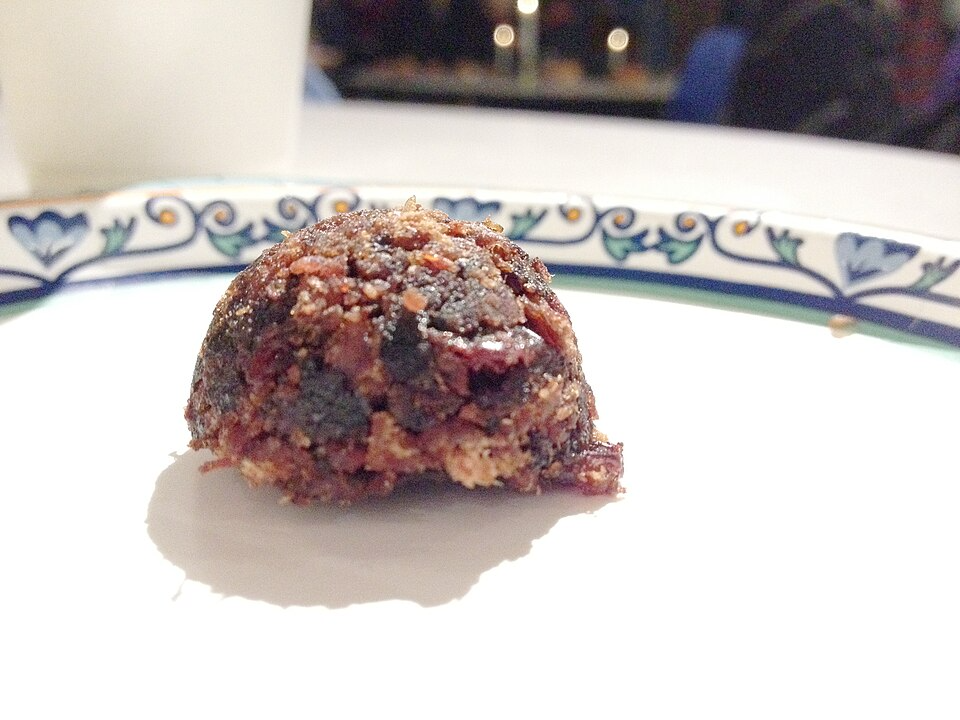
Pemmican is a traditional Native American food made by drying meat, often bison or deer, and mixing it with fat and berries. This high-energy food was originally created for long-term storage, providing a reliable source of nutrition during hunting expeditions or harsh winters. Pemmican is rich in protein and fat, making it an excellent survival food for indigenous people.
Today, pemmican remains a part of indigenous communities’ food traditions. While its use has evolved, it is still enjoyed in some areas, especially in Northern Canada and Alaska. The dish is a testament to the resourcefulness of indigenous people in preserving food for long periods.
Mole (Mexico)
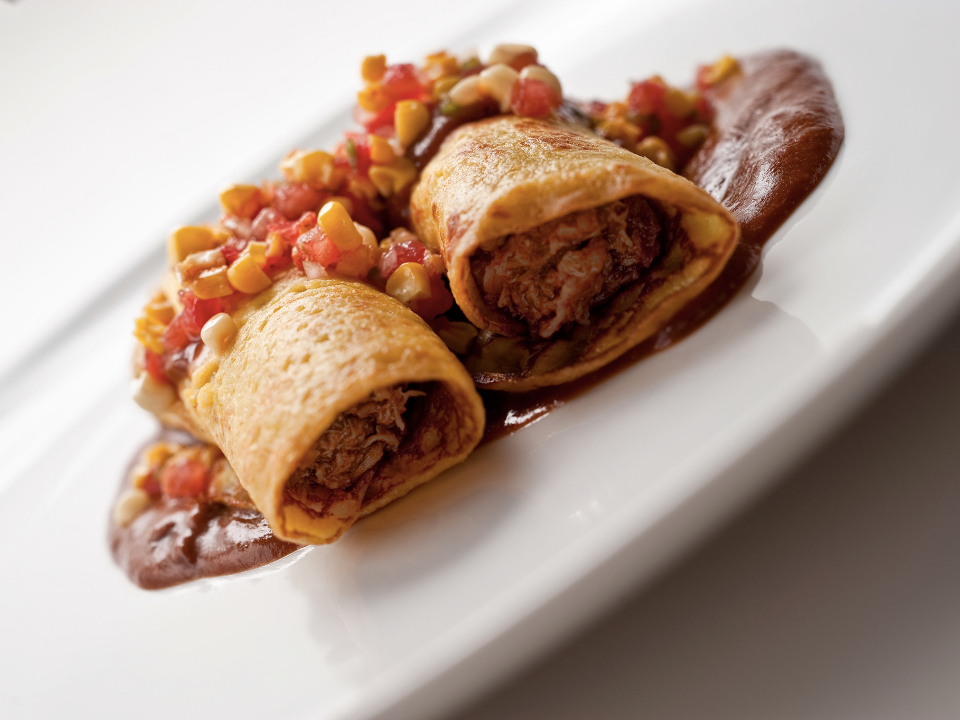
Mole is a rich, complex sauce made from a blend of chilies, spices, chocolate, and other ingredients like nuts and seeds. It is commonly served over chicken or turkey and is a staple in Mexican cuisine. Mole has a long history, dating back to pre-Columbian times when indigenous people first combined local ingredients to create this unique flavor profile.
Mole is especially popular in Oaxaca, where it is considered a regional specialty. While it is often prepared for special occasions like weddings or religious holidays, it remains a beloved part of everyday meals in many local communities. The dish’s intricate preparation and deep flavors make it a culinary treasure.
Gado-Gado (Indonesia)
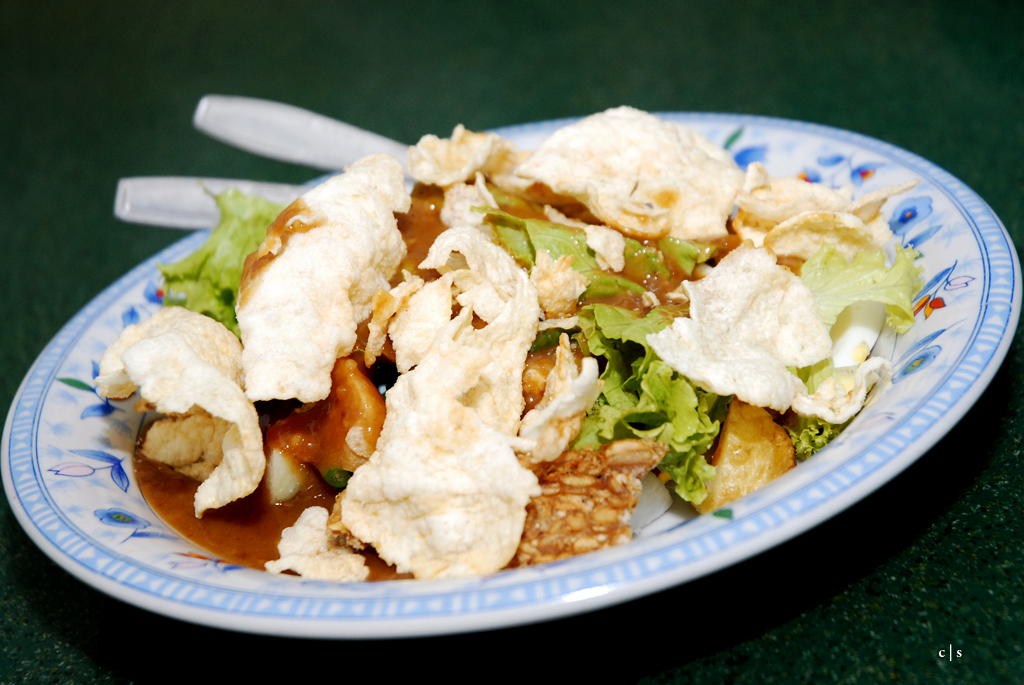
Gado-gado is an Indonesian salad made with steamed vegetables, tofu, and boiled eggs, all topped with a rich peanut sauce. The dish is a popular street food in Indonesia, offering a balance of textures and flavors, from the crunch of the vegetables to the creaminess of the peanut dressing. It is often served with lontong (rice cakes) to make the meal more filling.
The dish is rooted in Indonesian culture, with local variations found across different regions. Gado-gado continues to be a go-to meal for many, especially during lunch or dinner, and is favored for its fresh ingredients and vibrant taste.
Bison Stew (Native American)
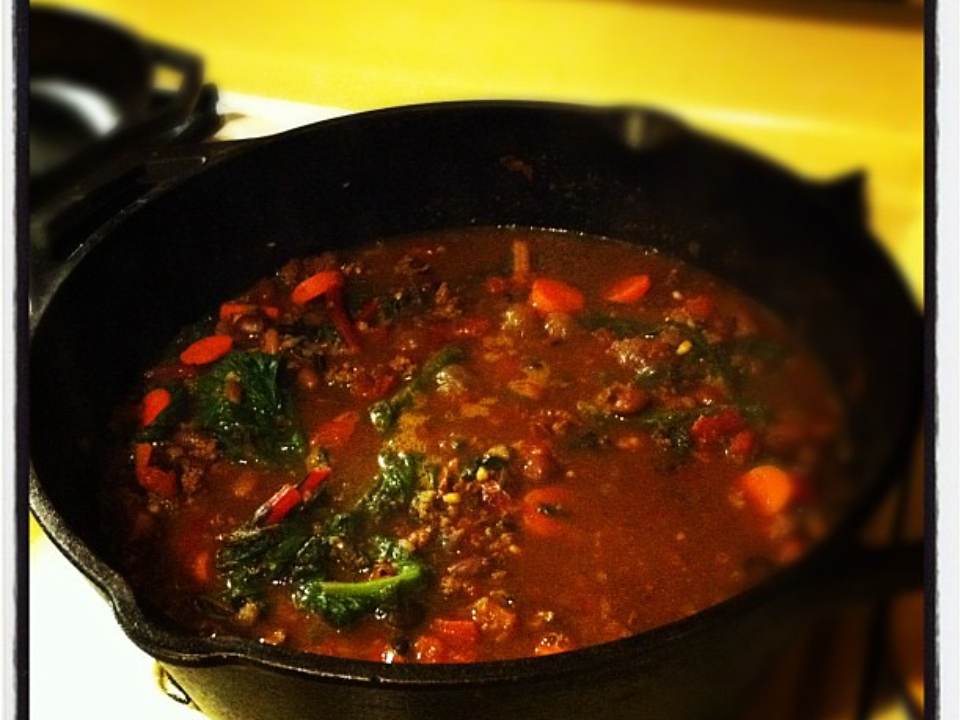
Bison stew is a traditional dish made from bison meat, vegetables, and herbs, slow-cooked to tender perfection. Indigenous people relied on bison as a primary food source, using every part of the animal for sustenance. The stew is often enjoyed with cornbread or flatbread, creating a satisfying and hearty meal.
Bison stew remains an important dish in local Native American communities, where it symbolizes cultural heritage and respect for the bison. It is often made for special gatherings, reflecting the deep connection to the land and the animals that once sustained indigenous peoples.
Kefir (Caucasus Region)

Kefir is a fermented milk drink that originated in the Caucasus region, made by fermenting milk with kefir grains. This tangy, probiotic-rich beverage is known for its health benefits, including improving digestion and boosting the immune system. It has been consumed by local communities for centuries as part of traditional diets.
In many parts of the Caucasus, kefir is a daily staple, enjoyed at breakfast or as a refreshing snack. Its popularity has spread beyond the region, with people around the world recognizing the health benefits of this ancient fermented drink.
Bánh Chưng (Vietnam)
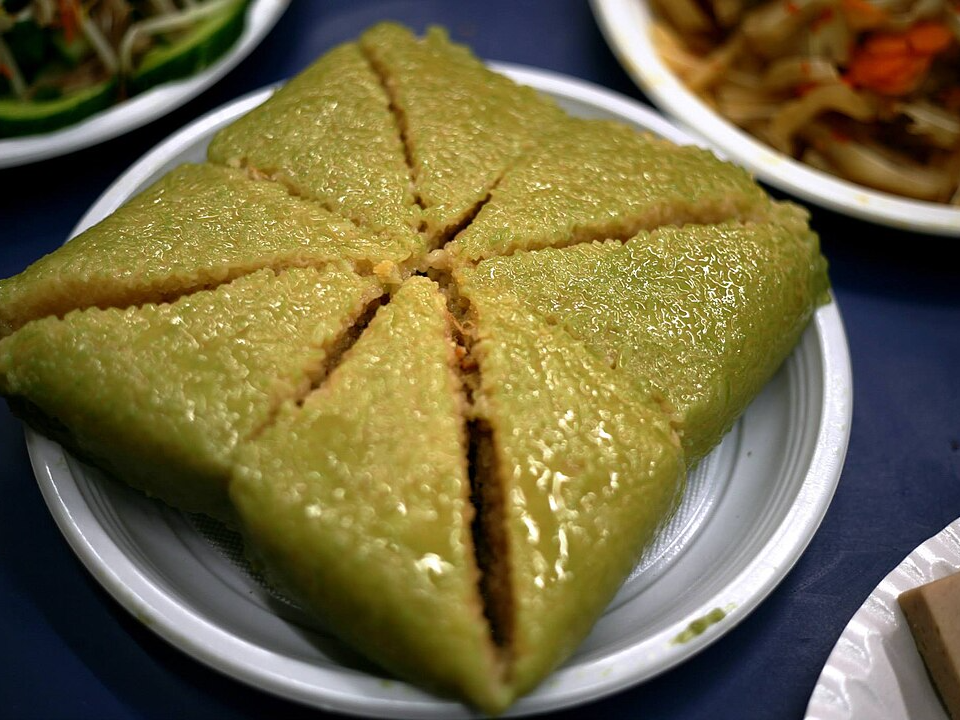
Bánh chưng is a traditional Vietnamese rice cake made from glutinous rice, pork, mung beans, and wrapped in banana leaves. It is typically made during Tết, the Vietnamese Lunar New Year, as an offering to ancestors and as a symbol of the earth’s square shape. The dish is both savory and slightly sweet, with a chewy texture that is highly prized.
Bánh chưng continues to be an essential part of Vietnamese culture, especially during the New Year celebrations. Its preparation is a communal activity, with families coming together to make large quantities for the holiday, ensuring the tradition is passed down through generations.
Injera (Ethiopia)
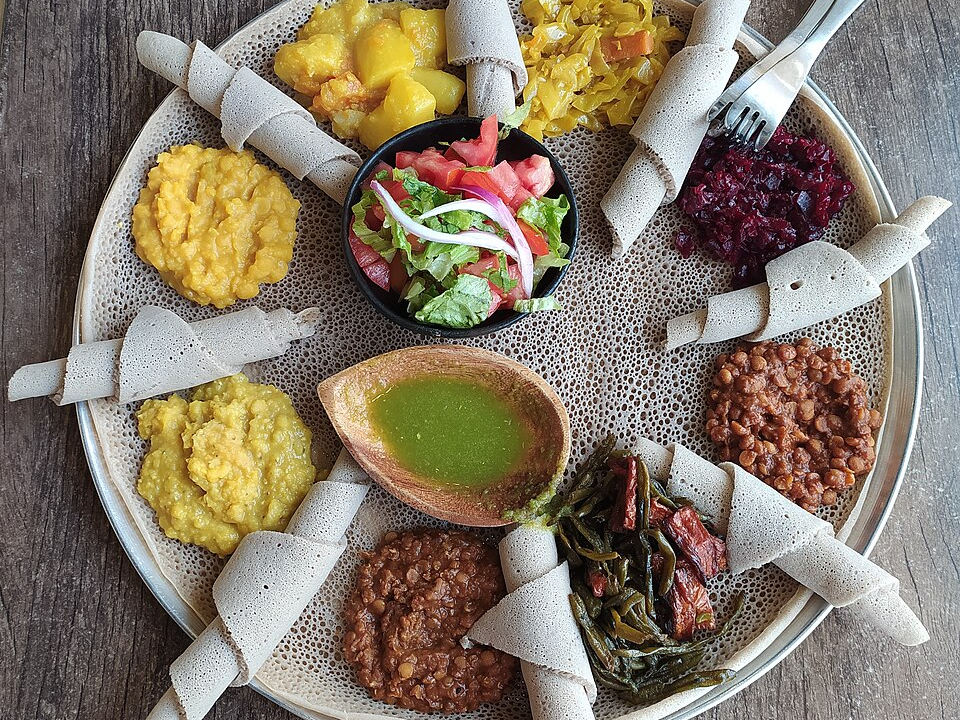
Injera is a spongy, sour flatbread made from teff flour, a staple grain in Ethiopia. It serves as both a plate and a utensil, with various stews and salads served on top. The dish is a central part of Ethiopian cuisine, often shared by family members in a communal setting.
Injera continues to be enjoyed in Ethiopian households and restaurants around the world. It is loved for its unique flavor and texture, as well as for its cultural importance in bringing people together over a meal.
Kuskus (North Africa)
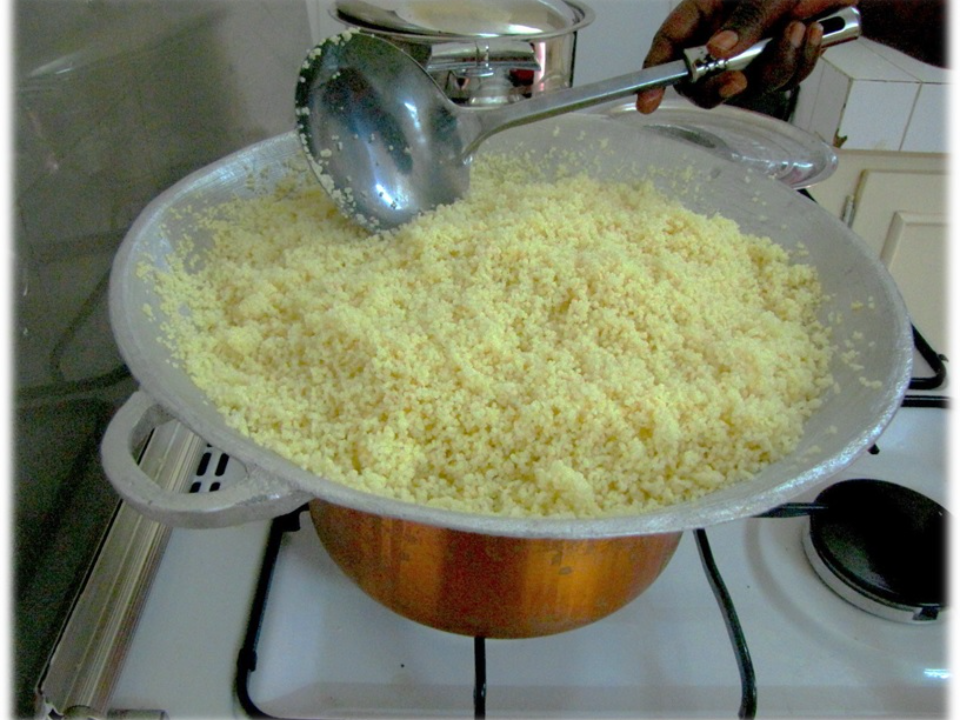
Kuskus, also known as couscous, is a traditional dish from North Africa made from steamed semolina wheat. It is often served with lamb, chicken, vegetables, or stews, making it a versatile and hearty meal. The dish has roots in Berber culture, where it was traditionally prepared in large batches for communal meals.
Kuskus is still a popular food in many North African countries, enjoyed at family gatherings and special events. Its cultural significance remains strong, symbolizing hospitality and the importance of shared meals in indigenous communities.
Fufu (West Africa)
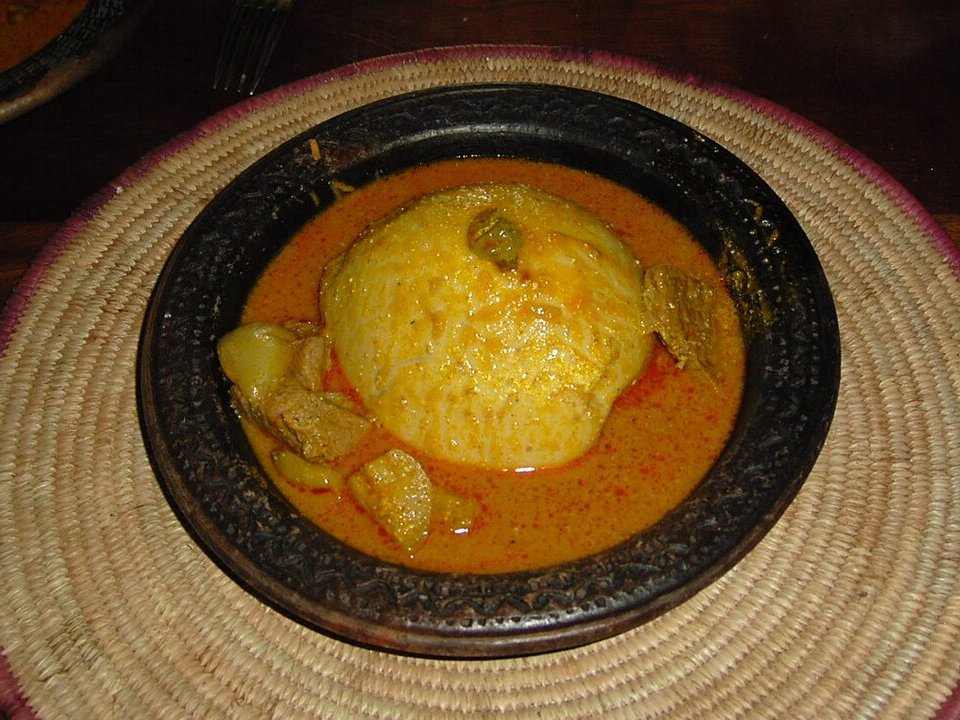
Fufu is a starchy dish made from boiled cassava, yam, or plantain, which is pounded into a smooth, stretchy dough. It is commonly served with soups, stews, or sauces, often as a side dish or the main component of a meal. Fufu is a staple food in many West African countries and plays an important role in local food traditions.
The dish is still enjoyed by communities across West Africa, particularly during important celebrations. Its preparation is often a communal activity, with families coming together to prepare fufu in large quantities, symbolizing unity and cultural pride.
Churros (Spain)
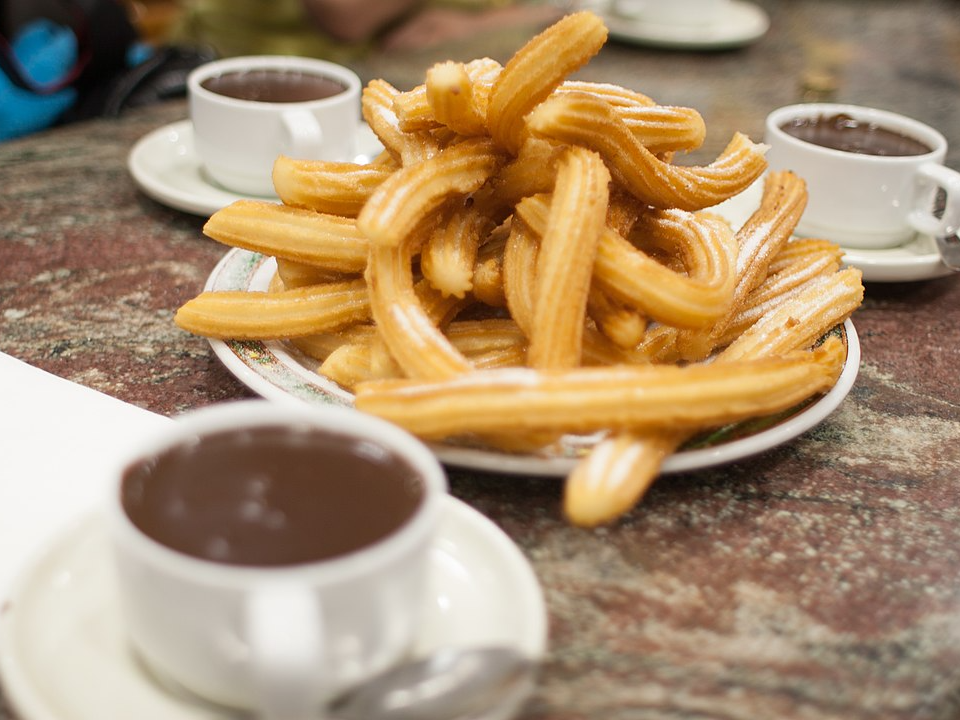
Churros are a deep-fried dough pastry that originated in Spain, typically served for breakfast or as a snack. They are often coated in cinnamon sugar and paired with a cup of thick hot chocolate for dipping. Churros are a beloved treat in Spanish-speaking countries, with their origins tied to traditional Spanish culinary practices.
Today, churros are enjoyed not only in Spain but also in Latin America and parts of the United States. The simple yet satisfying snack has remained a favorite across generations, offering a taste of Spanish culture in every bite.
Sarma (Balkans)
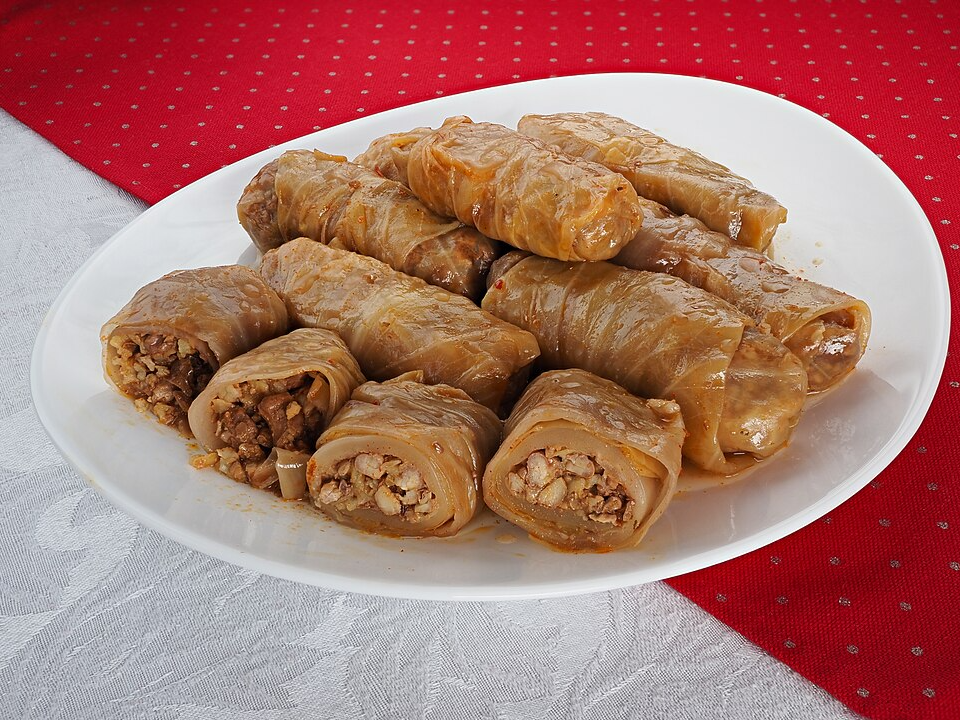
Sarma is a traditional dish from the Balkans made from pickled cabbage leaves stuffed with a mixture of meat, rice, and spices. The dish is typically slow-cooked, allowing the flavors to meld together into a savory, comforting meal. Sarma has deep roots in Balkan cuisine, often served during major holidays and family gatherings.
Sarma remains a cherished dish in many Balkan countries, where it is often prepared in large batches for communal enjoyment. Its rich history and hearty nature make it a perfect meal for both everyday occasions and special celebrations.
Fried Plantains (West Africa)
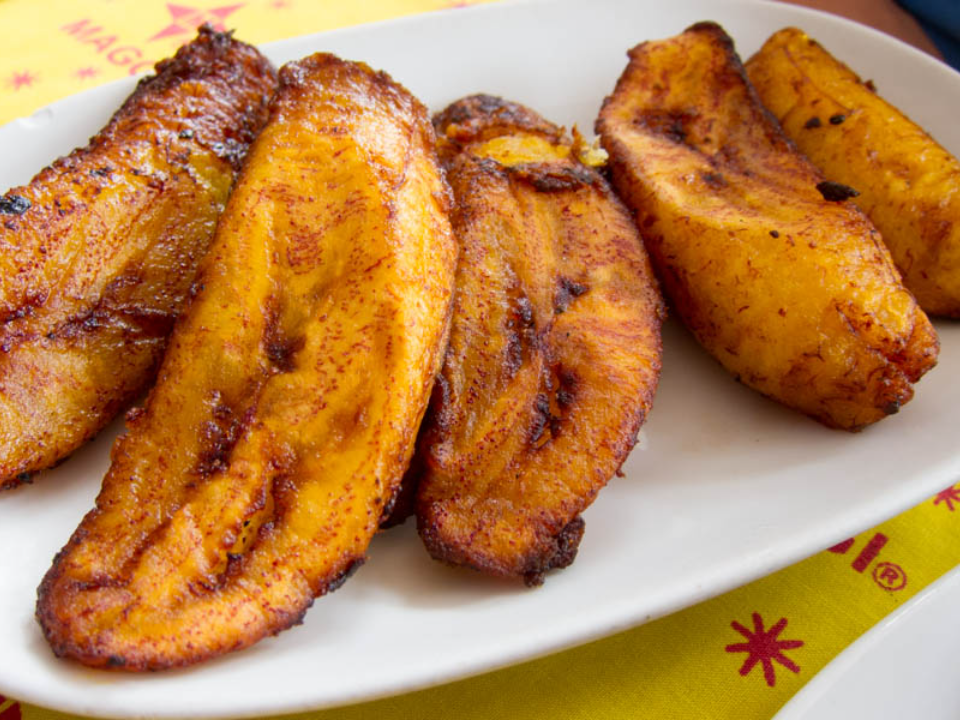
Fried plantains are a popular dish made by slicing plantains and frying them until crispy on the outside and soft on the inside. Often served as a side dish or snack, fried plantains are enjoyed across West Africa, where they complement a wide variety of stews and sauces. The dish is simple but flavorful, offering a balance of sweetness and saltiness.
In local communities, fried plantains are a staple food, loved for their versatility and satisfying taste. They are a common feature in daily meals and hold cultural significance as a food that brings people together.
Tartiflette (France)
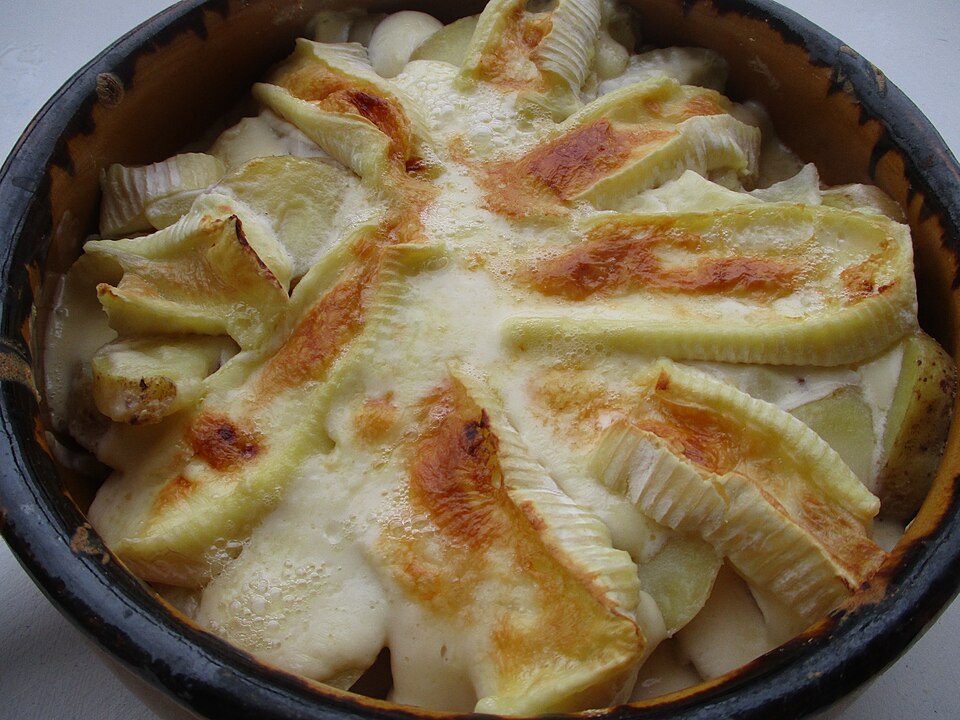
Tartiflette is a hearty French dish made with potatoes, reblochon cheese, onions, and lardons. Originating in the Savoy region of France, it is a comforting winter meal, often served as a main course during cold months. The combination of creamy cheese and savory bacon makes tartiflette a satisfying dish that locals have enjoyed for generations.
Tartiflette remains a favorite in French alpine communities, where it is often prepared after a long day of skiing or outdoor activities. Its warm, rich flavors are perfect for sharing with family and friends, continuing the tradition of communal dining in the region.
Ceviche (Peru)
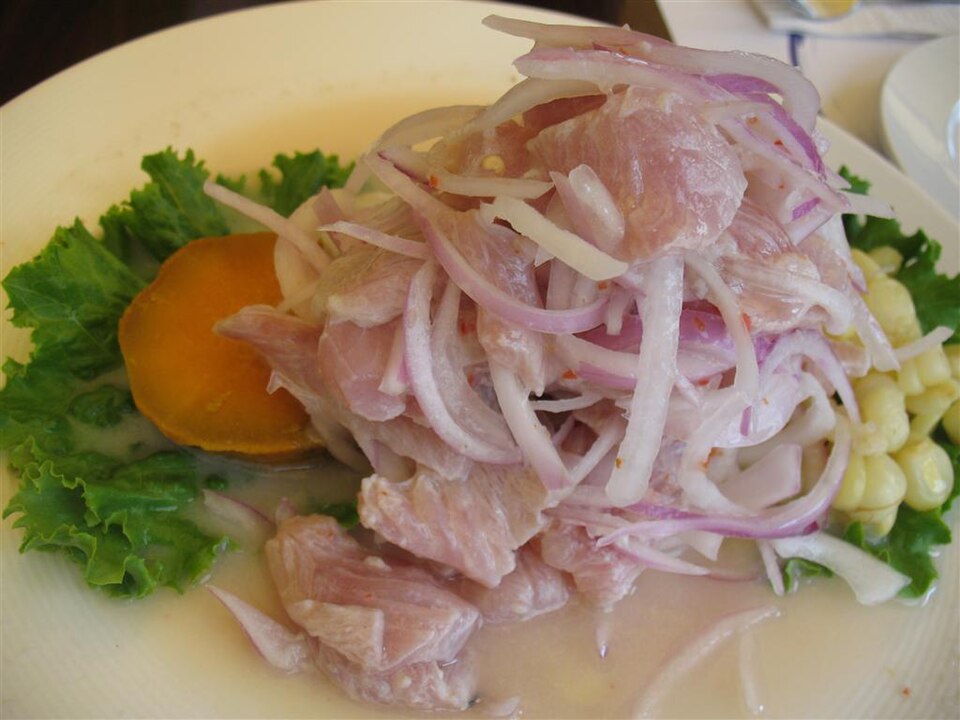
Ceviche is a dish made from raw fish marinated in citrus juice, typically lime or lemon, and mixed with onions, cilantro, and chili peppers. It is a popular dish in coastal Peru, where fresh seafood is abundant. The acidity of the citrus “cooks” the fish, creating a refreshing and zesty dish.
Ceviche remains a symbol of Peruvian cuisine, enjoyed both in local communities and at restaurants around the world. It is often served with sweet potatoes, corn, or lettuce, making it a light yet fulfilling meal that represents the vibrant flavors of the region.
This article originally appeared on Avocadu.
